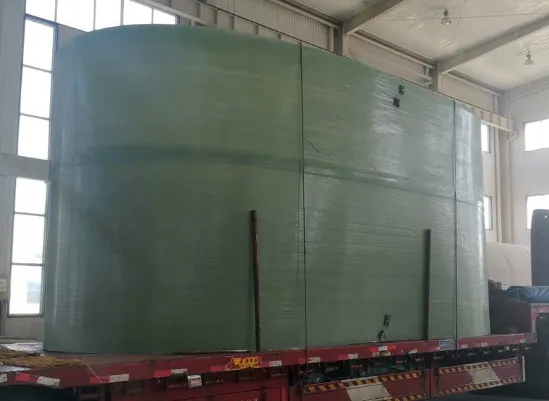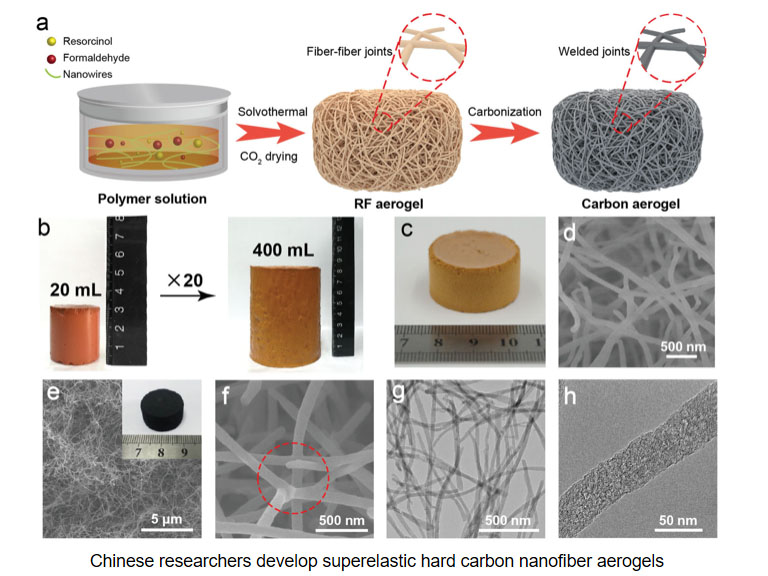
-
 Afrikaans
Afrikaans -
 Albanian
Albanian -
 Amharic
Amharic -
 Arabic
Arabic -
 Armenian
Armenian -
 Azerbaijani
Azerbaijani -
 Basque
Basque -
 Belarusian
Belarusian -
 Bengali
Bengali -
 Bosnian
Bosnian -
 Bulgarian
Bulgarian -
 Catalan
Catalan -
 Cebuano
Cebuano -
 China
China -
 China (Taiwan)
China (Taiwan) -
 Corsican
Corsican -
 Croatian
Croatian -
 Czech
Czech -
 Danish
Danish -
 Dutch
Dutch -
 English
English -
 Esperanto
Esperanto -
 Estonian
Estonian -
 Finnish
Finnish -
 French
French -
 Frisian
Frisian -
 Galician
Galician -
 Georgian
Georgian -
 German
German -
 Greek
Greek -
 Gujarati
Gujarati -
 Haitian Creole
Haitian Creole -
 hausa
hausa -
 hawaiian
hawaiian -
 Hebrew
Hebrew -
 Hindi
Hindi -
 Miao
Miao -
 Hungarian
Hungarian -
 Icelandic
Icelandic -
 igbo
igbo -
 Indonesian
Indonesian -
 irish
irish -
 Italian
Italian -
 Japanese
Japanese -
 Javanese
Javanese -
 Kannada
Kannada -
 kazakh
kazakh -
 Khmer
Khmer -
 Rwandese
Rwandese -
 Korean
Korean -
 Kurdish
Kurdish -
 Kyrgyz
Kyrgyz -
 Lao
Lao -
 Latin
Latin -
 Latvian
Latvian -
 Lithuanian
Lithuanian -
 Luxembourgish
Luxembourgish -
 Macedonian
Macedonian -
 Malgashi
Malgashi -
 Malay
Malay -
 Malayalam
Malayalam -
 Maltese
Maltese -
 Maori
Maori -
 Marathi
Marathi -
 Mongolian
Mongolian -
 Myanmar
Myanmar -
 Nepali
Nepali -
 Norwegian
Norwegian -
 Norwegian
Norwegian -
 Occitan
Occitan -
 Pashto
Pashto -
 Persian
Persian -
 Polish
Polish -
 Portuguese
Portuguese -
 Punjabi
Punjabi -
 Romanian
Romanian -
 Russian
Russian -
 Samoan
Samoan -
 Scottish Gaelic
Scottish Gaelic -
 Serbian
Serbian -
 Sesotho
Sesotho -
 Shona
Shona -
 Sindhi
Sindhi -
 Sinhala
Sinhala -
 Slovak
Slovak -
 Slovenian
Slovenian -
 Somali
Somali -
 Spanish
Spanish -
 Sundanese
Sundanese -
 Swahili
Swahili -
 Swedish
Swedish -
 Tagalog
Tagalog -
 Tajik
Tajik -
 Tamil
Tamil -
 Tatar
Tatar -
 Telugu
Telugu -
 Thai
Thai -
 Turkish
Turkish -
 Turkmen
Turkmen -
 Ukrainian
Ukrainian -
 Urdu
Urdu -
 Uighur
Uighur -
 Uzbek
Uzbek -
 Vietnamese
Vietnamese -
 Welsh
Welsh -
 Bantu
Bantu -
 Yiddish
Yiddish -
 Yoruba
Yoruba -
 Zulu
Zulu
Other Products
Fiber Reinforced Plastic (FRP) tanks are rapidly gaining traction in industries that require robust and reliable storage solutions. Experience has shown that these tanks provide a superior mix of durability, cost-effectiveness, and adaptability, making them a preferred choice in sectors ranging from chemical processing to potable water storage.

In the realm of expertise, FRP tanks excel due to their unique construction. Made from a composite material that combines polymer plastic with glass fiber, these tanks offer incredible strength-to-weight ratios. This means they are light enough for easy transportation and installation yet strong enough to withstand harsh chemicals and extreme weather conditions. For industries like agriculture, where fertilizer and water are stored under various environmental pressures, FRP tanks stand out due to their high resistance to corrosion—a significant improvement over traditional metal or concrete tanks.
From an authoritativeness perspective, numerous certifications and standards underscore the reliability of FRP tanks. Organizations such as ASTM International and the American Society of Mechanical Engineers (ASME) have established clear guidelines and standards for the manufacture and application of these tanks. Compliance with such standards not only ensures quality and safety but also assures industries of the long-term viability of their storage solutions.

Trustworthiness in a product can often be gauged by user experiences. Industry professionals frequently report substantial improvements in operational efficiency and cost savings after switching to FRP tanks. Unlike their metal counterparts, FRP tanks do not require frequent maintenance or coating replacements, dramatically reducing downtime and maintenance expenses. Additionally, the seamless construction of FRP tanks eliminates the risk of leaks that typically compromise the integrity of welded metal tanks.
frp tank
Furthermore, the adaptability of FRP tanks enhances their trustworthiness. They can be customized to meet varying needs, from sizing and capacity alterations to specific design requirements needed to store unique substances safely. This level of customization ensures that the tanks meet precise industrial needs without compromising performance or safety.
In terms of sustainability, the FRP tanks offer an environmentally friendly solution. Their long lifespan contributes to reduced waste, while advanced manufacturing processes have been refined to minimize environmental impact. At the end of their useful life, FRP materials can often be recycled, supporting the growing global emphasis on sustainable industry practices.
Beyond their immediate benefits, ongoing innovations in FRP technology promise even greater advancements. Researchers and manufacturers are continually exploring new resin formulations and fiber reinforcements, which can further enhance the chemical resistance and mechanical properties of these tanks. The potential for integration with smart technologies, such as sensors for monitoring tank integrity and temperature, is another exciting frontier, promising enhanced operational control and preventive maintenance capabilities.
In summary, the FRP tank represents not just a storage solution, but a comprehensive, expertly crafted product designed to meet modern industry demands. Its application across various industries highlights its versatility, while stringent adherence to established standards underscores its reliability and authority. By opting for FRP tanks, industries gain not only an effective and efficient storage solution but also a partner in achieving operational, environmental, and economic goals.









